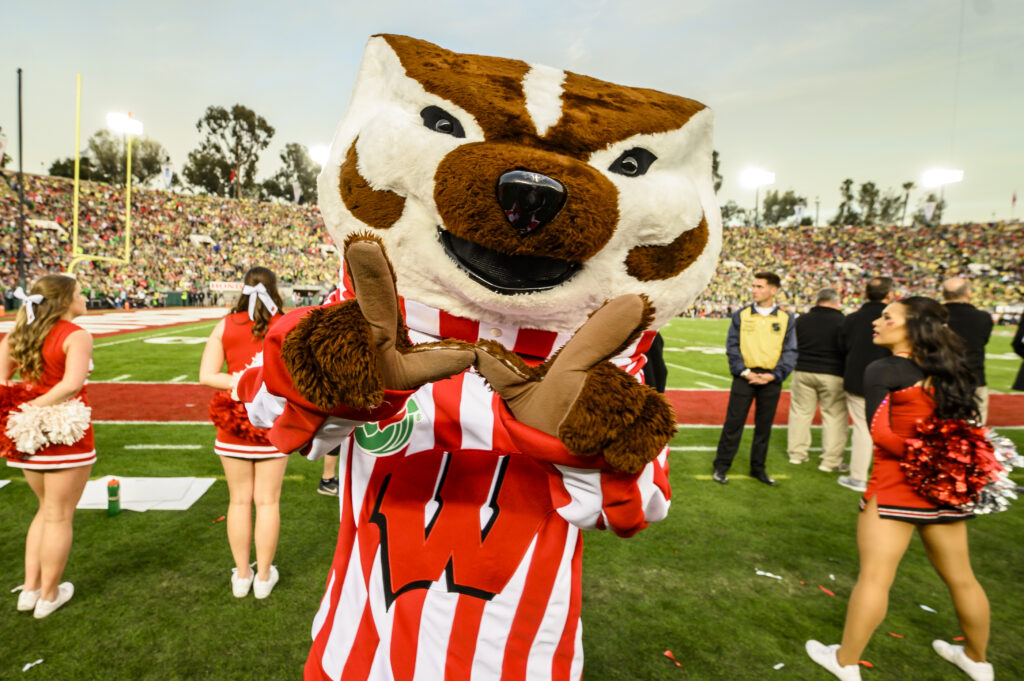by Rachel Van Hefty
From the beginning of college sports, the NCAA insisted that college athletes should be deemed “amateurs.” Meaning, student-athletes should compete purely for the love of the game rather than a paycheck. All the while, schools, coaches, media networks and sponsors have cashed in on the millions, if not billions, made from said “amateur” talent. How does that work?
Now, a new player is in the game – Name, Image, and Likeness (NIL). With NIL deals in full effect, college athletes can finally cash in and make a profit. The ideology behind NIL deals is to allow athletes to profit from their personal brand by signing deals with other brands. Athletes can earn money through things ranging from endorsement deals and autograph signings to TikTok partnerships and social media posts without violating their amateur status. They are finally getting a slice of the pie they’ve long helped bake. For some athletes, this has been life-changing!
For example, Arch Manning has the highest NIL valuation, reaching a staggering 6.5 million dollars. While some star football and basketball players are reaping the benefits, athletes in less marketable sports are paying the price. This is where NIL acts as a can opener, one that changes the entire landscape of college athletics, for better and for worse. Can of worms: open.
As seen in the NIL era, the deals tend to favor male athletes in revenue-generating sports such as football and basketball. For athletes in non-revenue-generating sports like swimming, softball, or wrestling, the opportunities become limited, and the gap widens. Not only does this affect the individual athletes, but NIL also heavily affects athletic departments. According to USA Today, they are shifting their attention towards NIL collectives — donor-funded groups to help athletes monetize their brand — to keep programs like football and basketball stay competitive. With the attention of the athletic departments shifted, there has been less attention and potentially less funding for other sports. It also brings Title IX considerations into play. If NIL-related fundraising efforts are disproportionate between men’s and women’s teams, could there be legal challenges?
Name, Image, and Likeness is meant to empower athletes and give them control over their own worth, but the lack of structure risks turning the college athletics landscape into one where only a select few can benefit. According to ESPN, “The NCAA has expressed concern that, without a federal law, enforcing its own NIL rules could violate antitrust rules — so while the organization has hoped that Congress will pass a federal standard, there’s no national set of rules.” The concerns of the NCAA voice the concerns of many. Non-revenue generating sports could begin to shrink or even disappear without meaningful regulation. The gap between men’s and women’s sports could widen. These are only a few of the “worms” in the can that the NIL era has opened. While fair compensation is necessary, this complete free-for-all is not sustainable. If schools, the NCAA, and/or lawmakers don’t step in to create a more equitable approach, college sports may become unrecognizable.
NIL is here to stay, but like any can opener, when the lid pops, everything inside it spills. So, the question is, who’s cleaning up the mess?
